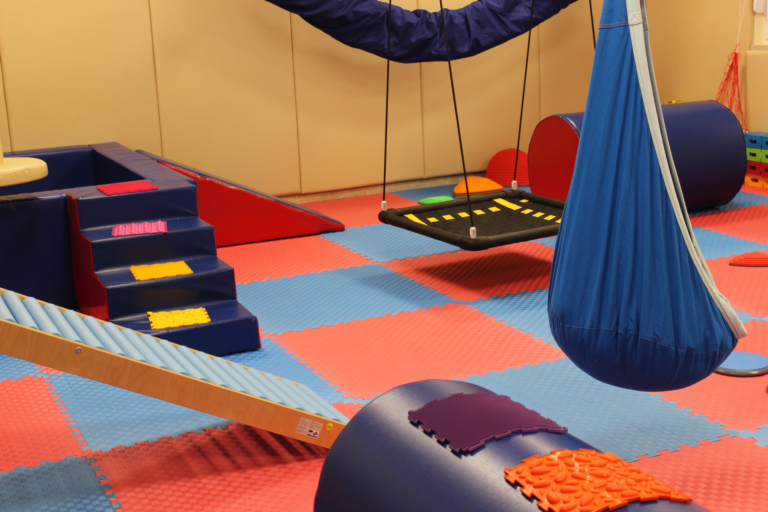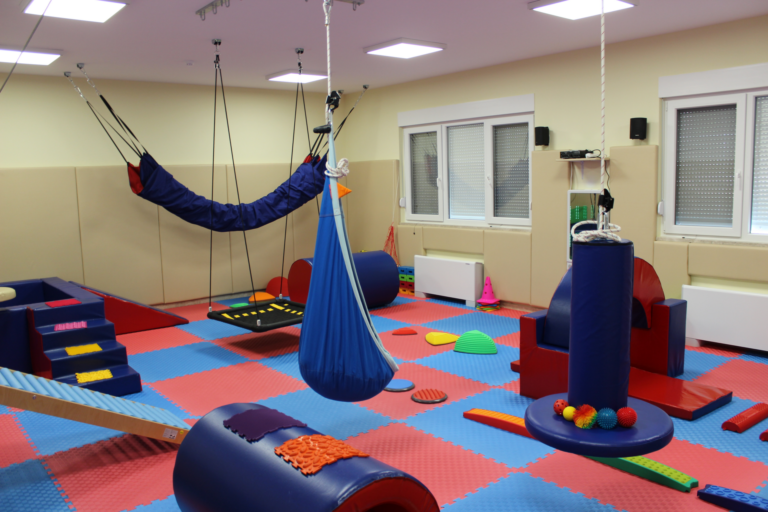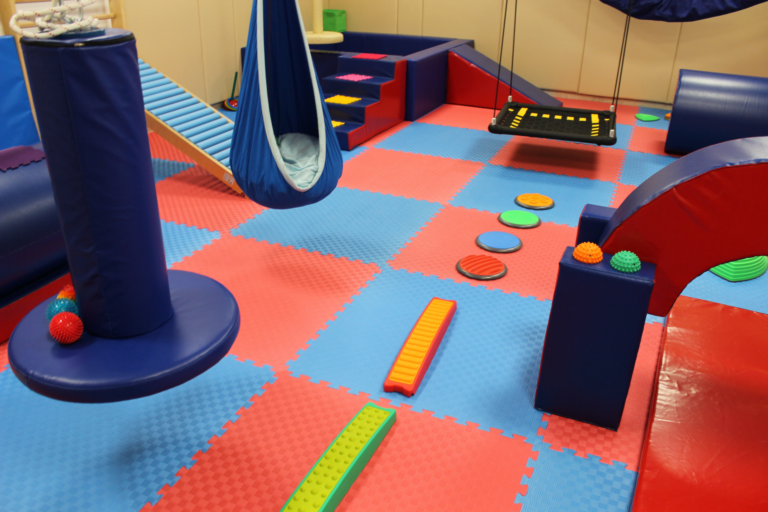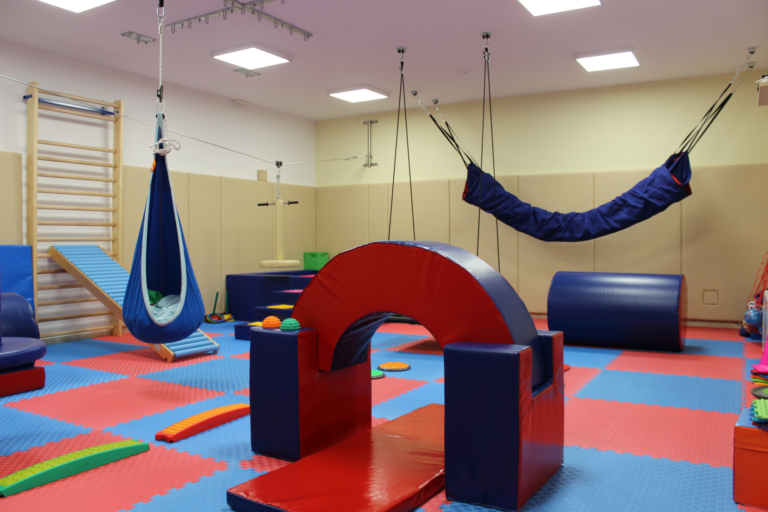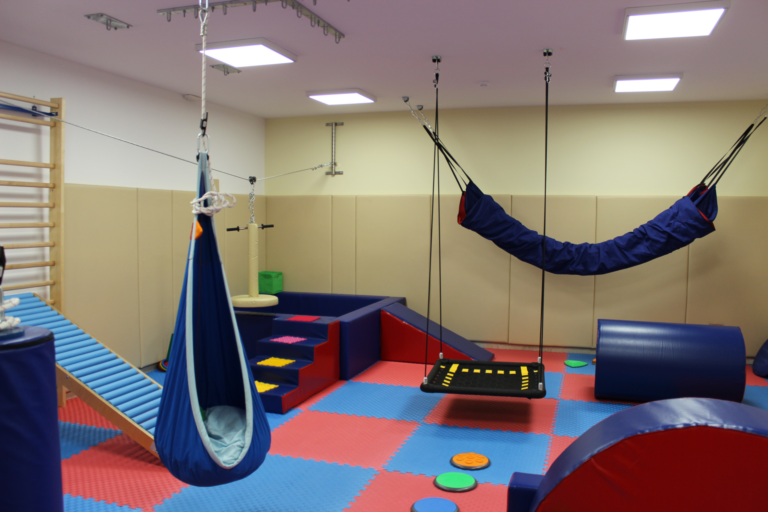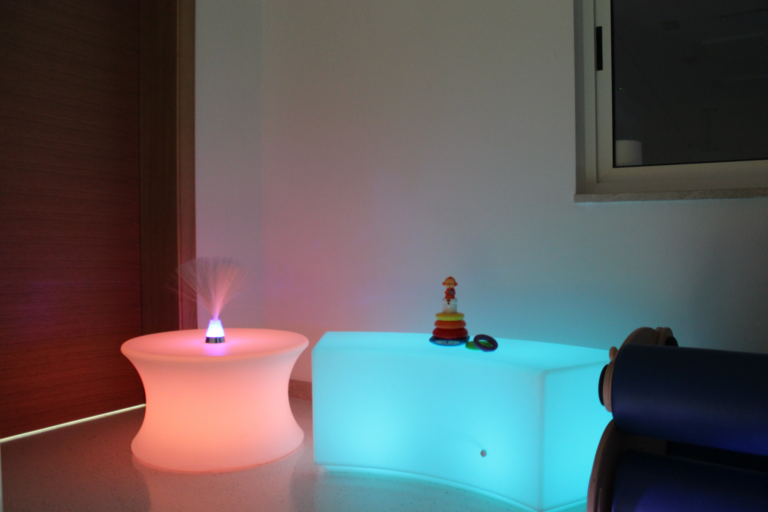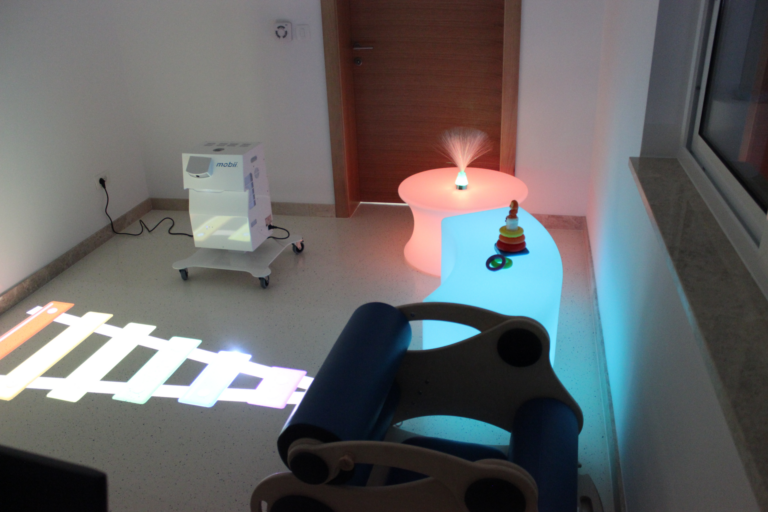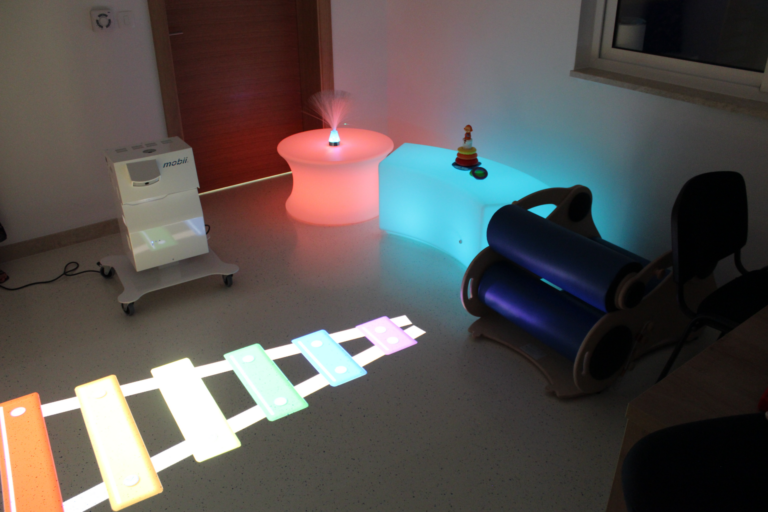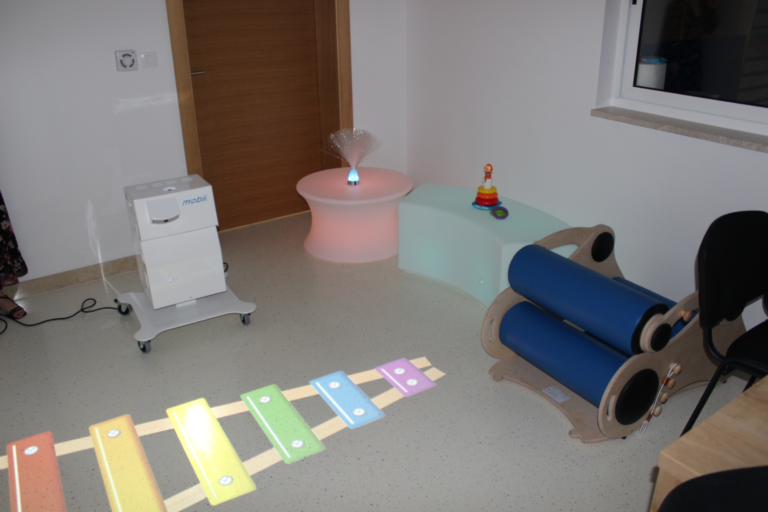Sensory integration is the way our brain receives, processes and processes the information it receives through the senses. It is a neurobiological activity within our body by which the nervous system processes information from the senses. Through the senses, we get information about the physical condition of our body and the environment that surrounds us. The brain must organize all sensations in order for a person to move, learn and behave normally.
We experience the world through seven senses, namely: vestibular (movement and balance), proprioceptive (awareness/body position), tactile (touch), visual (sight), auditory (hearing), gustatory (taste), olfactory (smell). Recently, there is more and more talk about the eighth sense, interoception, which gives us information from our internal organs, from our body, such as whether we are hungry or full, etc.
Sensory integration difficulties
Sensory integration difficulties (hereinafter referred to as SI) occur when the brain and nervous system are unable to adequately integrate sensory information, resulting in difficulties in perception, behavior and learning. SI difficulties can occur as an independent difficulty (if the child does not have any other difficulties), in cases of insufficient maturity of the nervous system due to premature birth, in cerebral palsy, in children with a disorder on the autism spectrum, children with visual, hearing, language or speech impairments, children with attention deficit disorder (ADHD), children with learning disabilities, children with intellectual disabilities, etc.
Signs that indicate difficulties with sensory integration:
- excessive or insufficient sensitivity to touch, sound, sight, movement, taste or smell
- difficulties in self-regulation, behavior
- social-emotional difficulties
- difficulties in gross and fine motor skills, disorder of muscle tone
- motor planning difficulties
- high or low activity level
- problems with attention, delay in language and speech development
- incoordination of movements, frequent stumbling and clumsiness
- learning difficulties, etc.
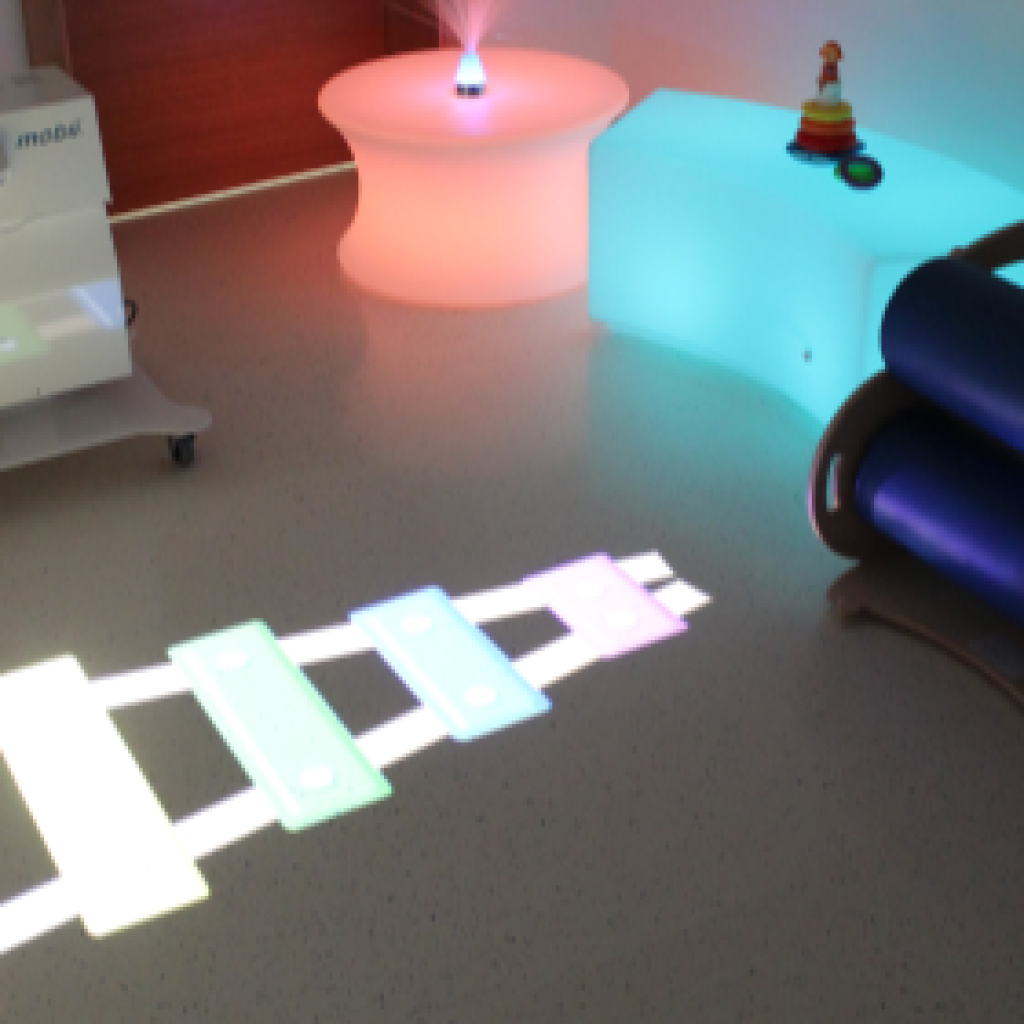
Encouraging sensory integration
Children with SI difficulties come to a specially equipped space in the sensory room. The sensory room contains equipment that encourages the development of all sensory systems. The space is designed to encourage children to move, play and form adaptive reactions that lead to the organization of sensations in the brain. The therapy is carried out individually, and the goal is for the child to actively acquire information about movement, touch, space and objects around him in a meaningful and natural way through play and activities that mostly involve the whole body, with the right encouragement. Space and equipment are adapted to the individual needs of each child. The therapy is carried out by an educated person – a sensory therapist.

